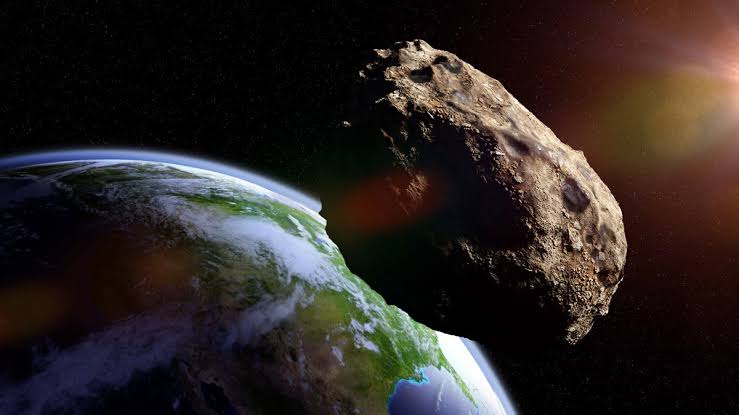Giant meteorites created Earth’s continents

Australian scientists are confident they have unearthed strong evidence that the Earth’s continents were formed by the impact of massive meteorites more than 3 billion years ago.
Their findings, published in the Nature journal, are based on the examination of tiny zircon crystals in rocks from a region known as the Pilbara Craton in the northwest of the state of Western Australia.
The Pilbara Craton has long interested geologists as it is believed to contain the best-preserved section of the Earth’s ancient crust, dating back to a time when the planet consisted of a huge land mass or “supercontinent.”
Explaining the latest study in an article published on the website of The Conversation on Thursday, Curtin University Earth and planetary sciences associate professor Tim Johnson said oxygen isotopes in the zircon crystals revealed a “process starting with the melting of rocks near the surface and progressing deeper, consistent with the geological effect of giant meteorite impacts.”
Johnson said zircon could survive intact for billions of years, which means scientists can determine “quite precisely when it was formed, based on the decay of the radioactive uranium it contains.”
Johnson said the research provided the first solid evidence that the processes which ultimately formed the continents began with giant meteorite impacts similar to those responsible for the extinction of the dinosaurs.
“Data related to other areas of ancient continental crust on Earth appears to show patterns similar to those recognized in Western Australia,” he said.
“So we would like to test our findings on these ancient rocks to see if, as we suspect, our model is more widely applicable.”




